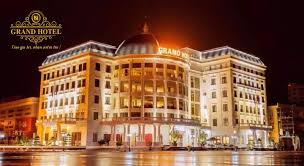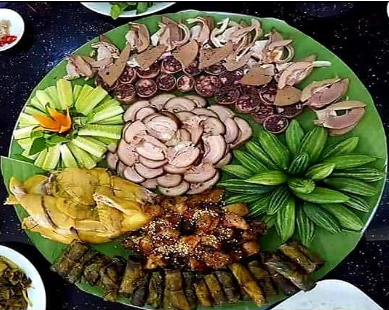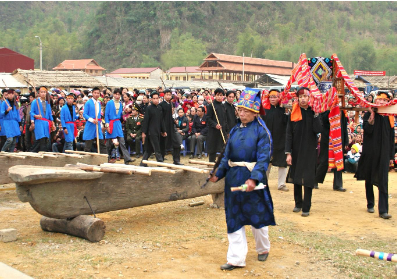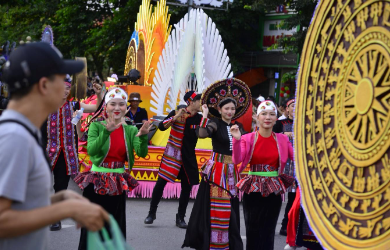X
Hoa Binh Heritage Museum of Muong Ethnic Culture is a place dedicated to preserving the cultural values and beauty of the Muong ethnic group in Hoa Binh. It serves as a destination for visitors to explore and learn more about the ethnic culture when visiting Hoa Binh.
Heritage Museum of Muong Ethnic Culture
The museum space provides visitors with profound insights into the spiritual life, customs, socio-economic aspects, and distinctive culture of Muong people over many centuries. A highlight of the museum is a specialized collection of Muong gongs, featuring various types and a total of over 100 gongs. In addition to exhibiting artifacts, Hoa Binh Muong Cultural Heritage Museum is also a venue for regular tourism, cultural, and experiential activities. It serves as a place to organize
classes to teach the younger generation how to use Muong gongs.
Gongs represent a distinctive form of traditional folk performance art in the intangible cultural heritage of Muong people in Hoa Binh. Evolving and shaping over thousands of years, a set of gongs (referred to as "phuong sac bua" in Muong culture) typically includes four, five, seven, nine pieces, with a complete set comprising 12 gongs. Beyond their musical significance, the 12-gong set is also symbolic of the 12 months in a year. The gong set is divided into three groups: Dam gong set, also known as Kham gong set, is the largest in size and belongs to the deepest sound range in the set. Bong gong set, also known as the Đuc Bong gong set or the Bong Beng gong set, falls within the mid-range sound in the set. The Tle gong set, also known as the Chot gong set, Poong gong set, Đon gong set, Lac gong set, belongs to the highest sound range in the set.
The rare collection of Muong gongs is on display at the museum
A cultural space imbued with the rich traditional identity
of Muong ethnic group's gong heritage
Muong people compose gong music, organize elaborate gong sets, and employ a distinctive gong-playing technique, presenting a musical performance that resonates with the psychological and cultural characteristics of the Muong. The background music is structured with standardized rhythms, melodies, and harmonies. The graceful and aesthetically rich movements and formations complement the performance. The orchestration method involves playing gongs in an ensemble, with each artist holding one gong, symbolizing both familial and communal bonds within the ethnic group. As the material production of society advances, and intellectual and emotional development reaches higher levels, Muong gong music and its cultural space are expressed profoundly. The flexible and open performance style has evolved from small gong sets to grand ensembles, collaborating with various forms of cultural and artistic expression. This creates a contemporary gong music and cultural space that is increasingly interconnected and widespread.
Originating from the close familial connection of the gong within Muong ethnic community, the influence and diffusion of Muong gong cultural space are manifested through the soul and strength of Muong villages. Diverse and rich, this cultural space embeds itself deeply and harmoniously in the community's educational, labor, and combat aspects, within each neighborhood and family, throughout the life cycle of every Muong individual. With the ability to express thoughts, emotions, and dreams, the Muong gong people's values contribute to the education of ideals, emotions, and aesthetic aspirations for a warm, joyful, prosperous, and happy life. These aspirations satisfy dreams of a healthy society aiming towards the goodness and beauty of humanity.
To truly sense and experience the intangible cultural heritage of Muong gong art, visit the Muong Cultural Heritage Museum at Hamlet 6, Thai Binh Ward, Hoa Binh City.

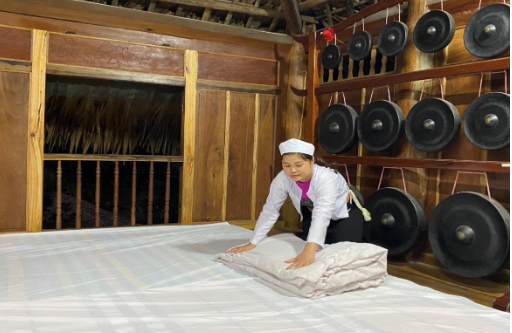
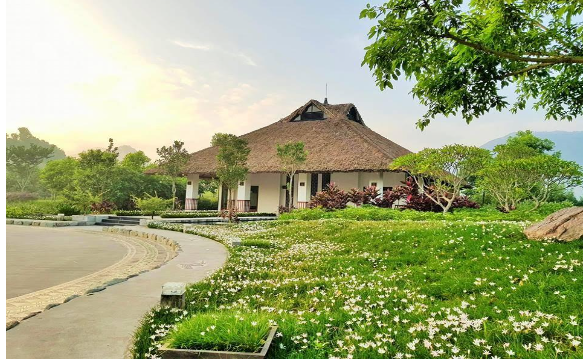
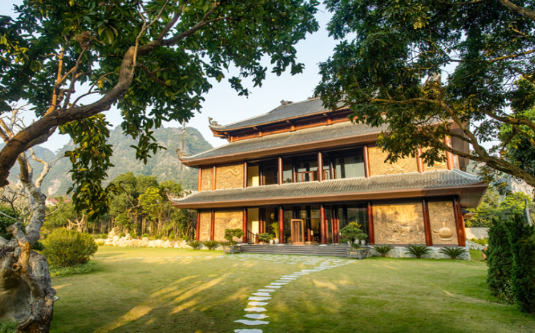


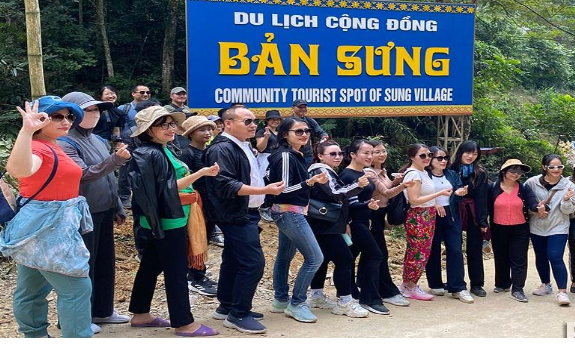

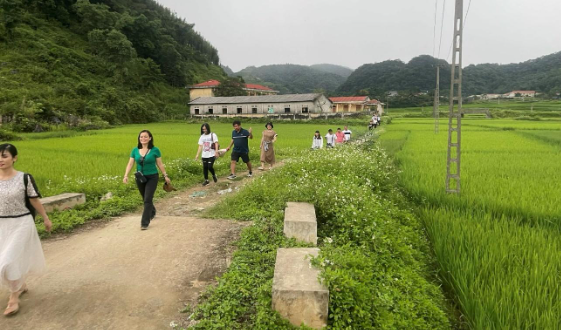
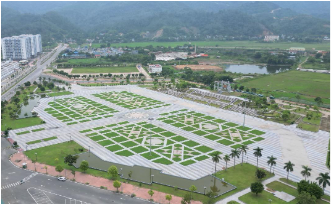


_636886053534704917.jpg)

